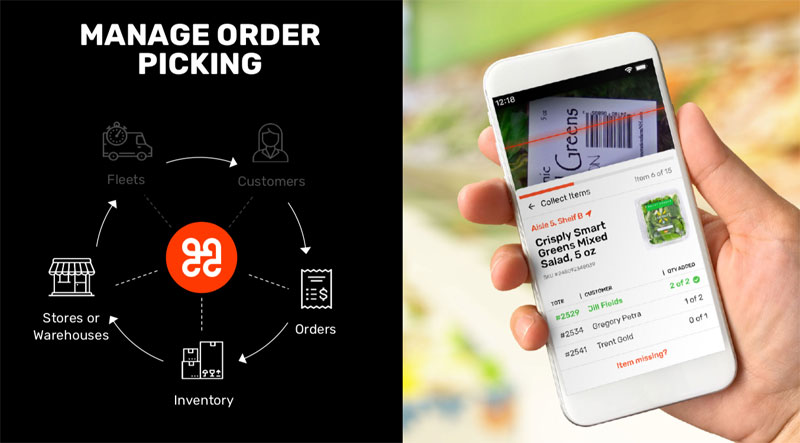Speaking to Food On Demand from Israel, before jetting back to the U.S. for a whirlwind circuit including New York, Chicago, Dallas and San Francisco, Bringg CEO Guy Bloch is busy leading a company that helps restaurants and other businesses “Uberize” their companies by bringing goods and services directly to customers. Jetting around the world, as he explained, is just part of the deal for a fast-growing delivery-logistics brand in 2019.
With $25 million of investor funds and a staff that’s quickly eclipsing 140 employees, with expectations to hit 500 in three years, Bloch’s key priority is fast growth, which can certainly come across as a red flag to, let’s say, a business reporter or potential investor.
The way he sees it, customer behavior is changing so quickly that everyone from retailers to restaurateurs needs to be matching his company’s breakneck pace. “The market needs us to grow fast,” Bloch says when pressed about the perils such rapid growth and rosy projections. “They’re waking up and understanding that the old way of business no longer applies, customers want so much more now.”
Focused on digitizing companies and connecting the last mile for enterprises ranging from groceries to clothes, Bringg’s role in the equation is connecting fleets to new customers, be they another firm like DoorDash’s drivers or even through crowdsourcing. Whether the business customer demands next-day, same-day or even one-hour delivery, Bloch says Bringg can help connect under-utilized driver networks to transform almost any vertical, as he calls the different industries his brand plays in.
Getting deeper, Bringg seeks to help companies match the logistical prowess of Amazon by helping streamline their delivery optimize with a hyper focus on efficiency. Its delivery management software helps brands monitor delivery options in real time, smoothing the path from warehouse, store or restaurant to the end-using consumer.
Asked how this model compares to Uber—which has at least a similar goal judging by its 10 years in business—Bloch said Bringg has no designs to build a network of its own drivers, that’s somebody else’s business. His holy grail is the enterprises that need the drivers, and it’s finding particular traction in the restaurant world where it’s already connected 15,000 drivers to systems on its platform.
“We’re not here to focus on the consumers, we’re here to help enterprises thrive,” the CEO added. Citing his previous experience at Splunk, a machine data provider, Bloch said his ramp-up strategy includes hiring people who’ve been down this mega-growth path before.
So far, Bring has racked up some impressive wins, including landing Walmart as a customer. On the restaurant side’s client list, its largest is Arcos Dorados, the largest independent McDonald’s franchisee. Other notable clients include AutoZone, Panera, Coca-Cola and Boulanger.
Bloch asserted that his company is markedly different from the Olos, Omnivores and Your Fares of the world—software brands that integrate delivery orders into existing restaurant computer systems—as Bringg also can help such businesses slim down from using multiple tablets connected to unique delivery channels down to one tablet that manages them all. Bringg is more focused on managing logistics, rather than just incoming orders, which can include reducing the number of drivers waiting for delivery orders at a given restaurant.
“We do a real-time handshake between the driver and the restaurant, so no waiting time, the food doesn’t wait for the driver and the driver doesn’t wait for the food,” he added.
Asked how he sees delivery playing out in the restaurant industry, in particular, Bloch said managing direct-to-customer relationships is only getting more important, whether that’s through rewards, loyalty programs or unique offers available only for delivery customers.
“They’re looking for convenience, not just for the loyalty programs and rewards,” he said of modern consumers. “Every enterprise will have to also evolve into offering delivery options, which means once again that they need to work with multiple fleets.”


